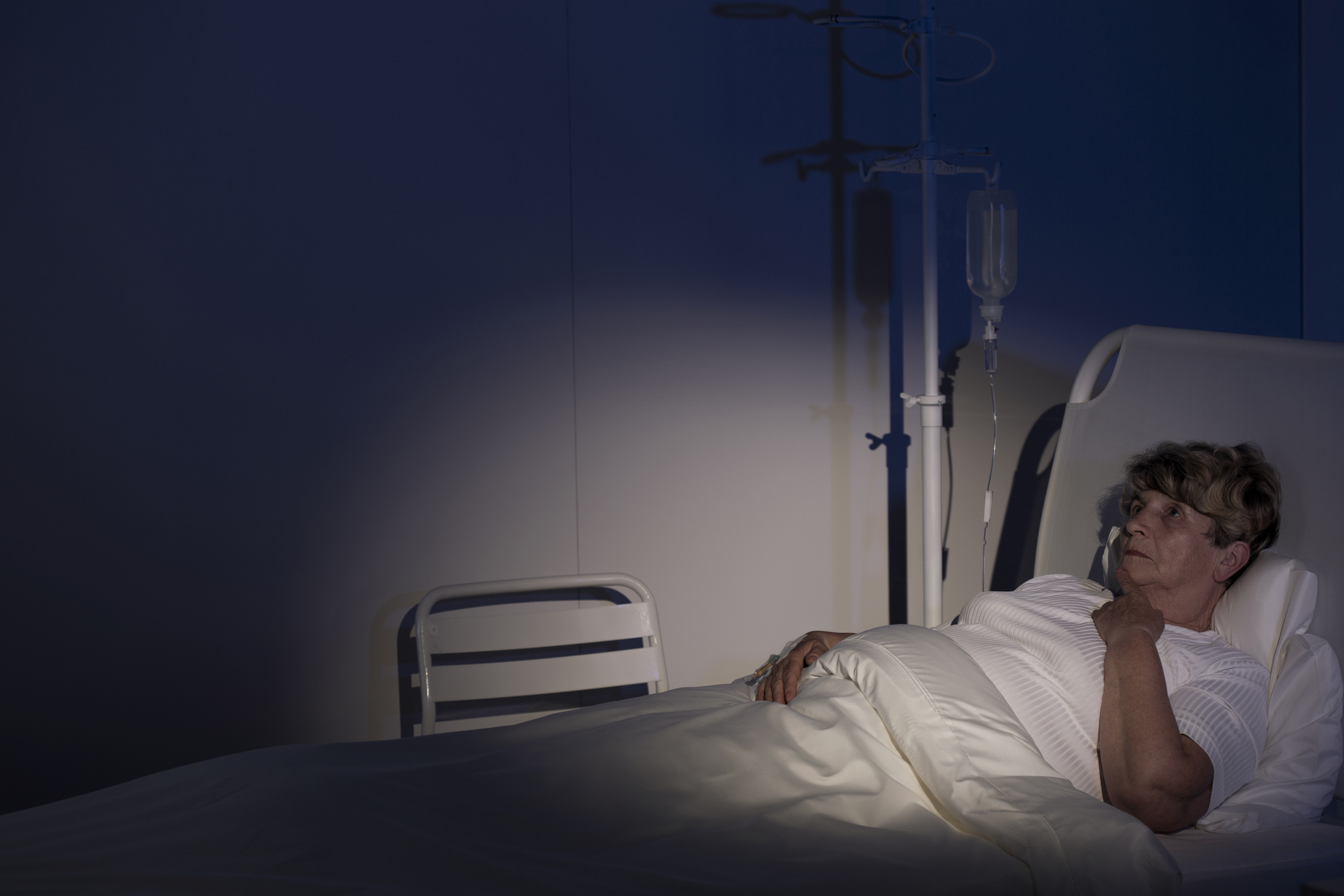As we age it’s more important than ever to keep moving in order to maintain function and remain able to live independently and participate in activities which keep us connected with our communities. But sometimes elderly adults are temporarily laid up in hospital as a result of illness or injury and even short periods of bedrest can have a serious impact on the lives of seniors over the age of 80.
Sometimes referred to as hospital induced deconditioning, a loss of muscle mass due to prolonged immobility can have a significant impact on the ability of elderly adults to return home and function independently. Periods of bed rest are associated with a decline in mobility and physical as well as social activity among older adults, according to a 2014 Yale University study. Immobilization can also contribute to an increased risk for falls, pressure sores, thrombosis (blood clots) and a loss of bone mineral density which can lead to fractures.
A 2015 Australian study, found that muscle wasting occurs quickly in a critical care setting and up to 30 per cent of muscle mass can be lost within the first 10 days of admission to an Intensive Care Unit. By using interventions that facilitate mobility and early rehabilitation, hospitalized elderly adults have a better chance of returning to their prior level of activity. Long gone are the days when a rest cure was encouraged following illness or injury. By starting physical and occupational therapy within 48 hours of admission to hospital, the rapid decline in muscle mass, bone density and other impairments can be avoided.
In the United Kingdom, the Nottingham University Hospital has developed a social media campaign to raise awareness about preventing “PJ Paralysis,” using the hashtag #endpjparalysis. More hospitals are embracing the initiative to get patients out of bed and out of pajamas to help minimize the damage just a few days of immobility can cause. Besides a loss of muscle strength, days in bed using a catheter or bed pan can also result in incontinence. Whenever possible, it is vital to get elderly hospital patients up and moving, using assistive devices if necessary, to prevent functional decline and muscle loss.






Add Your Voice
0 Comments
Join the Discussion